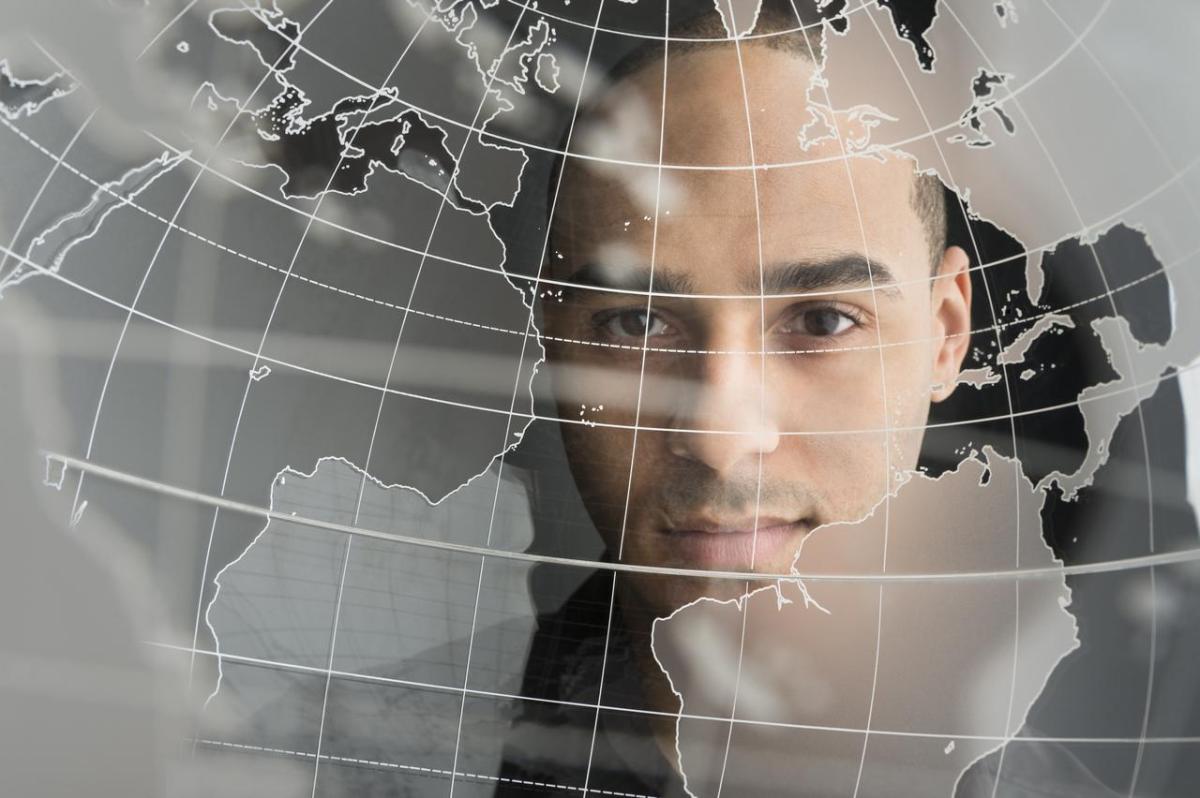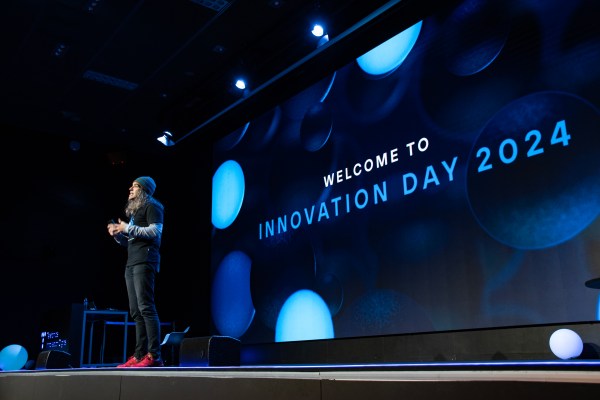Web 3.0, or Web3, is already underway and is several steps ahead of its predecessor, Web 2.0, in terms of the possibilities that companies and organisations can offer: better services and applications through the Internet. Although Web 3.0 is still in the process of development and implementation, it can be said that this third generation is characterised by being intelligent, that is, by making use of data.
What is the purpose of using data in Web 3.0? The ability to customise the experience of services and applications and adapt them to the needs of each user. In the age of data, web environments are working to adapt to this new reality. This development is an improvement for users as it takes advantage of the increasing importance of data today. The result is a more optimised handling of information and a more efficient user experience.
How does Web 3.0 work?
This third generation allows web applications to connect with each other to personalise each person’s browsing experience. The development of technologies such as Big Data, Artificial Intelligence and Blockchain is driving this evolution of the web, and is really shaping what it is. Through the use and application of data storage and analysis, and especially machine learning, a unique profile of each user can be created to improve the browsing experience.
Meanwhile, the Blockchain seeks to encourage the decentralisation of the network in order to change the relationship that users establish with large companies and institutions, and even relationships with other users, to place the trust of relationships in blockchain technology and the security it offers. In other words, technology will bring reliability so that users and content creators themselves will be in better control of their own contributions and browsing preferences, rather than leaving it in the hands of large technology companies.
In other words, Web3 is more autonomous and reliable, as the data will no longer depend on these large companies or institutions, but on each individual.
Benefits of the third generation web
Alongside greater personalisation, another of the great advantages promised by Web3 is the democratisation of the network of networks, which is also called the “semantic web”, because it uses data analysis and AI machine learning, with the so-called “Data Web”. What does this achieve? Searches are not sorted by keywords alone, and users and content creators have control of their data thanks to the decentralisation that blockchain brings.
As mentioned above, control of data is no longer in the hands of large corporations, it is in the hands of the users. This decentralisation eliminates major dangers such as censorship or tampering with such information, and relations between people can be direct, without the need for intermediaries.
And although it may seem the opposite, this feature will help companies to better understand the needs of users, to offer better services, more suited to the needs of each person and even encourage the development of new products.
Evolution is 3.0
Web 3.0 is not as new as it may seem. It was in 2006 when this concept first emerged thanks to designer and author Jeffrey Zeldman, and he did so as a critique of Web 2.0. It should be noted that the first website appeared in 1990 (and can still be visited at http://info.cern.ch/). At that time, the world took a first step towards global change, and although a new era was beginning, these early websites were very primitive and static. Web 1.0 offered one-way communication, where the user could only access a basic web design via the internet and receive information, with minimal interaction.
With time came Web 2.0 or the collaborative web. The new century saw an improvement in the concept of the Web: the user was gaining prominence and people were connecting to other people and to brands. This new generation promoted collaboration, content creation and information sharing. The development of social networks, the creation of blogs, video blogs, podcasts, instant messaging platforms or all online content of a cultural, educational and health nature.
This has facilitated the growth of online commerce and digital services such as telecare, telemedicine and virtual education.
Technology now opens the door to making the net neutral, eliminating censorship and manipulation of information, and is capable of guaranteeing freedom of expression and privacy. Access to any website and to transparent information should be a right for everyone.











